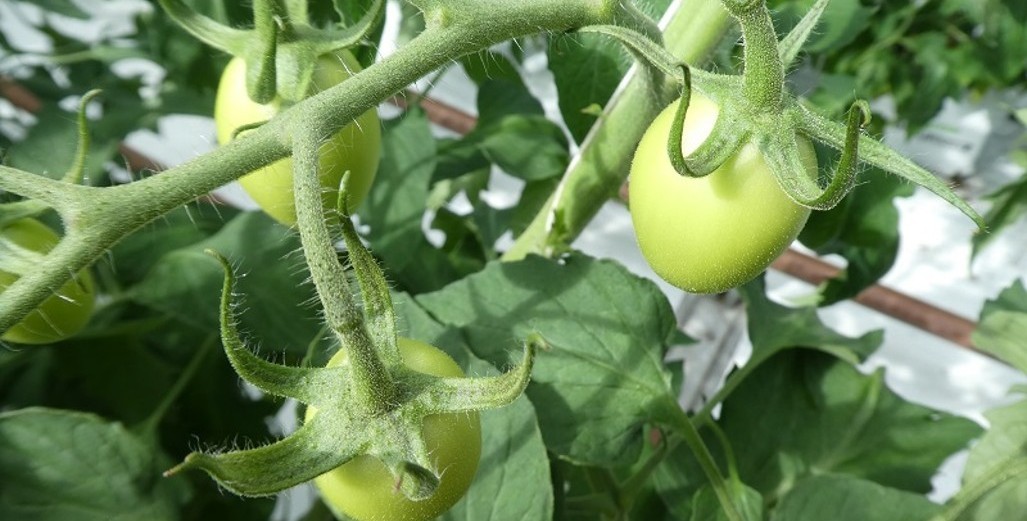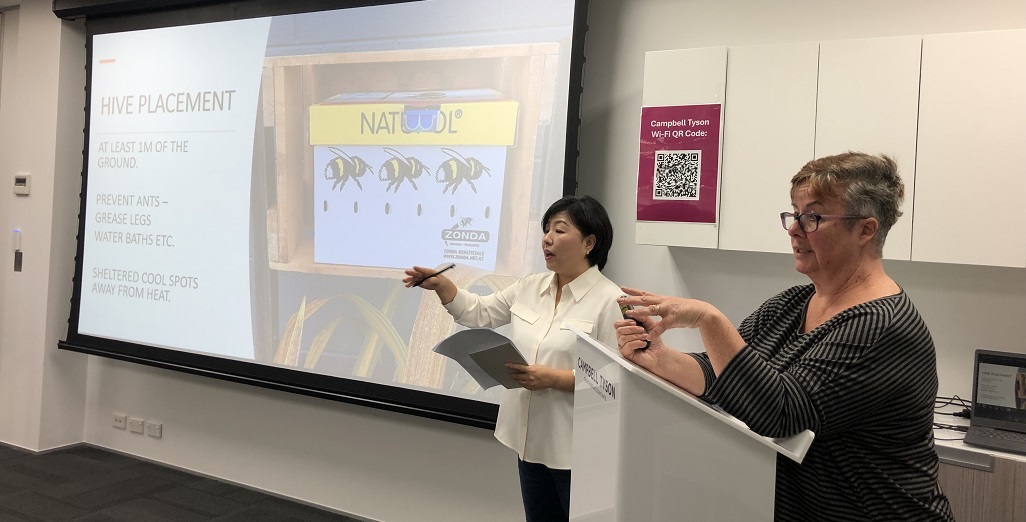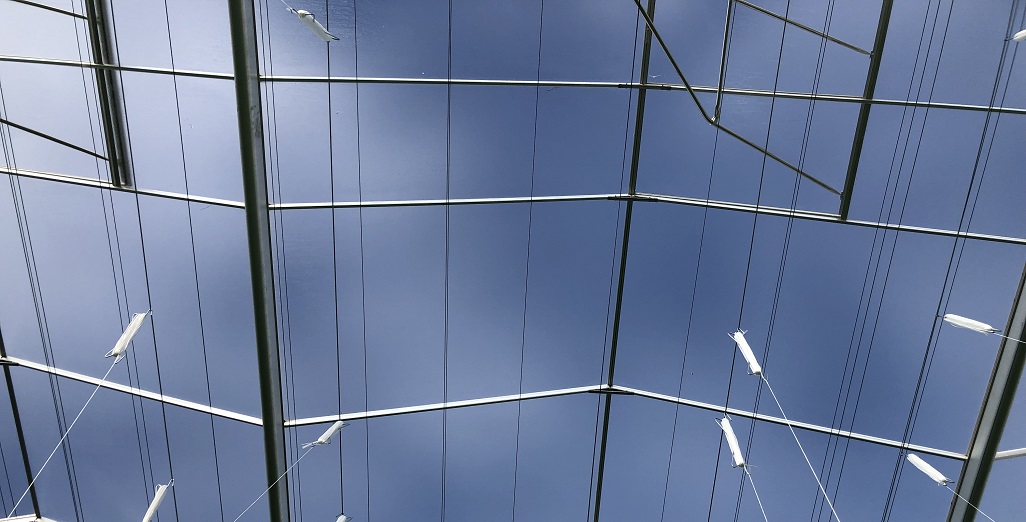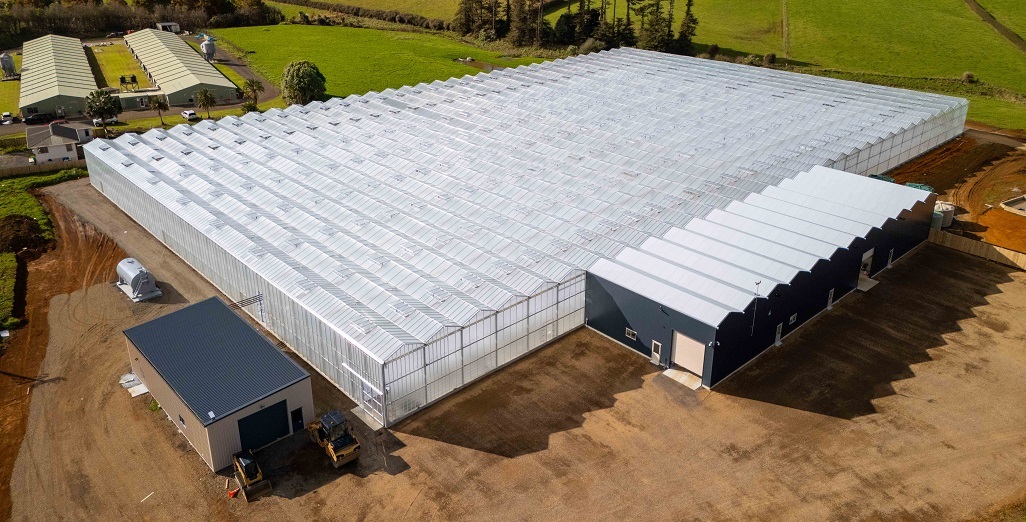Sign up here to subscribe to the Grower2grower Ezine. Every two weeks you will receive new articles, specific to the protected cropping industry, informing you of industry news and events straight to your inbox.
Aug 2020
5 Reasons Why AI Will Transform the Greenhouse Industry

Game-changing technologies
There are so many advances and innovative developments in AI and other state-of-the-art technologies in the horticultural sector that it sometimes seems hard to keep up. In this article we will zoom in on the five reasons why AI will transform the greenhouse industry. We interviewed Gursel Karacor, Senior Data Scientist at Grodan, for some insider information. “Everyone is talking about big data, but the only practice I see happening is using the phrase in a sentence,” says Gursel.
Karacor is on a mission and that’s to get these game-changing technologies into the hands of users in the greenhouse. With over 20 years of experience in the field, he understands the technology and the concerns of growers like no other. But what do all these developments mean for growers? Before we go into detail, a short description of how AI exactly works:
“Artificial Intelligence (AI) involves using computers to do things that traditionally require human intelligence. This means creating algorithms to classify, analyse, and draw predictions from data. It also involves acting on data, learning from new data, and improving over time,” as explained by Medium.

Below Karacor shares his top 5 top reasons why AI will change the way you work (for the better):
1: The demand for food will continue to increase. There is an ever-growing need for fresh and sustainable food created with more and more efficiency. Resources like farmlands and people working in rural areas is decreasing while the demand for food and fresh produce is on the rise. “I think greenhouses and other indoor growing facilities will play an increasingly important role in meeting the demands for food in the future. Therefore, support of intelligent technology and AI is necessary now more than ever,” adds Karacor.
2: The maturity level of technology is ready. We asked Karacor what he sees as the key trends and topics in the greenhouse these days:
- Machine Learning (ML) is a subset of AI and makes software learn from data, so it is purely data driven. As seen above, there’s quite a lot of data and potential for accumulating this big data in greenhouse
- Imaging Technology, or Deep Image Recognition, enables machines to “see” through the use of photographs. Karacor mentions, “As they say, a picture is worth a thousand words and nothing could be more true here. It’s easier than sensor data and manual recordings.”
- Robots are autonomous or semi-autonomous devices for certain tasks that are often tedious, repetitive, time consuming or dangerous.
- Edge-AI: While general AI calculations and modelling is executed on a main server/cloud (which is time consuming), in Edge-AI all calculations are done on the ‘edge’ of the device or robot. The calculations are carried out right there on the robot itself, hence making much faster decisions possible. This is especially important for real-time operations.
3: Growers are ready. Growers are following the advances in technologies closely. They still struggle with questions like I have lots of data but how can I make use of that? Will I fall behind my competitors? Is my growing strategy optimal? But according to Karacor, they are very keen to learn and willing to make use of the data they get from popular technologies like AI.
4: Big data creates great potential for personal and local solutions. The quality and quantity of data is so important, but very tedious for growers to collect. By using only a few photographs, AI technologies can help growers to register crops. This data can be used in many applications, including forecasting. Grodan’s latest innovation e-Gro, for example, enables yield prediction up to 4 weeks. Additionally, growers can benefit from more general AI-based predictions and data-driven recommendations in the greenhouse. Big data also presents the potential for grower-specific intelligent solutions. Human experts have generic rules, but specific growers in certain regions with specific climates should have customized solutions. “This will make a real difference,” says Karacor. “A continuous flow of big data by Machine Learning and AI will let us utilize all these assets. It’s very exciting.”
5: Automation for utmost efficiency. There is still a lot of manual labour in the greenhouse for tasks such as planting, crop registration, harvesting, etc. These are tedious, repetitive and time-consuming tasks that could be performed by, for example, robots. The need for automation is not just for efficiency related reasons, but also health and security issues e.g. transmission of virus, bacteria and diseases (reducing human to human, human to plant contact), as we have clearly realized during the COVID-19 pandemic.
Karacor’s advice regarding the last point: “The good thing is that these solutions are user-friendly. If you work with the right people, it will be surprisingly easy and very fruitful.”
Where plant science and data science meet
With the new Yield Forecaster module, Grodan has combined the power of data science with 50 years of experience in plant growing expertise. Innovative technology that analyses all the available data in your greenhouse, finds patterns and unlocks critical factors that influence yield. The result: a new AI-driven Yield Forecaster for growers – a valuable module to enhance the e-Gro Essential Package. Click here to experience the e-Gro platform.
The autonomous greenhouse: within 5 years?
In the future greenhouses will, to a large extent, be autonomous. AI-solutions will make life easier for the experts and growers. Karacor concludes, “My mission is the realization of autonomous greenhouses through the use of all this data with state-of-the-art ML and AI methodologies. And I want to realize this goal step-by-step in 5 years.” The future may be closer than you think.
Learn more about future technologies in “Greenhouse innovations all growers should know about”.
Article published with the consent of Dr. Gursel Karacor, Senior Data Scientist @e-Gro
![]()
CLASSIFIED
Subscribe to our E-Zine
More
From This Category

Tomato grower applies Tobre after contamination

KWS inaugurates new R&D facility in Uberlândia, Brazil

John van Santen joins the management of Metazet

Workshop for Auckland’s Korean tomato growers held last week

Could the Global Boom in Greenhouses Help Cool the Planet?

























